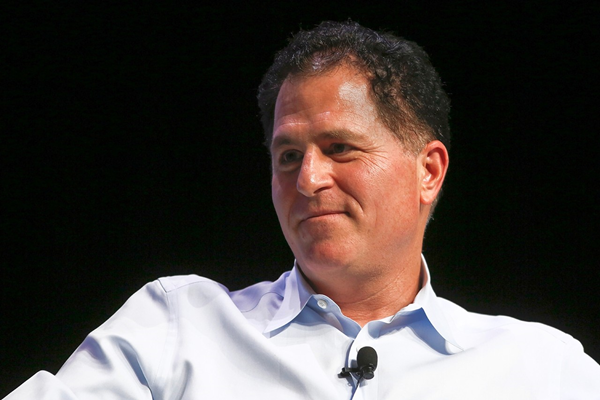|
THE WALL STREET
JOURNAL. |
Business
The Game
A Radical Idea for Activist Investors
What If the Goal Were
More Investment With an Eye on the Long Term?

PHOTO: GARY CAMERON/REUTERS
|
 |
By
Dennis K. Berman
Jan. 27, 2015 9:51 a.m. ET |
Activist investors are like UPS drivers. They turn in
only one direction.
By now, the activists’ rise is remarkable for its sheer
scale and ferocity, with some $119 billion placed in their hands. Last
year, they pursued 343 companies, up 27% from the year before,
according to FactSet.
Their rise is also remarkable for another thing: their
intellectual sameness. Plot a map of the 10 largest activist firms and
you will find that seven of them are based within 17 blocks of each
other in midtown Manhattan.
The vast majority are making similar demands of their
targets, delivered with what now feels like a dull percussion: Raise
the dividend, buy back shares, cut these costs, spin off that
division, sell the company.
What’s the average length of an activist shareholding?
Some 84% don’t last more than two years, according to FactSet.
|

Michael Dell took his namesake company private in 2013.
Photo: Associated Press |
Many of their grievances are built around the idea that
companies are misallocating their capital. In this worldview, that
capital is typically going toward bad long-term projects, such as
AOL Inc. ’s ill-fated local news
service Patch or the research budget at
Allergan Inc. Many times they are
right.
Here’s a drastic question for a field beset by
conformity. Why can’t activists find targets where the misallocation
is going the other way? In other words, identify companies that are
playing it too safe, perhaps pushing too much into dividends or
buybacks. Or missing a great opportunity in a new market.
Call it a radical mashup: The adversarial long-term
investor.
“A company seems to be in a rut, and then an activist
comes in and people get excited and they do things. And you have to
wonder, why does it take that?” says Joseph M. Gingo, chairman of
plastics company
A. Schulman Inc., who helped turn
it around with the help of Barington Capital Group, an activist that
has been an investor in the company for nearly 10 years.
Think about how jarring it would be if
Carl Icahn wrote a blistering
letter to a management, demanding that it halt a buyback program and
plow money into a promising new product. Or if another activist took
out full-page ads insisting a company hire 200 more salespeople.
It just doesn’t happen. Consider the database kept by
FactSet, which has tracked 3,774 activist campaigns since 2005, and
has placed each in one of five categories. There is no such category
for “advocating more long-term investment,” says FactSet vice
president John Laide. “It’s an extremely rare demand, so we don’t code
for it.”
This need not be so rare. These situations exist
because by the laws of random distribution they must exist.There is
more proof: These are the very opportunities that private-equity firms
exploit, capitalizing on the market’s impatience for such
undertakings.
Listen to
Michael Dell , the entrepreneur
who took his namesake company private in 2013. Here’s what he told the
Council on Foreign Relations back in December: “You saw this pressure
between the kind of short-term-minded investor and the
long-term-minded investor, and so I felt the best option for the
company to be able to invest more in R&D and get on a growth path once
again and continue the strategy that we’re on, because we
fundamentally haven’t changed the strategy since we’ve gone private.
We’ve just accelerated it.”
I spoke to three leading activists about this idea and
they surfaced three criticisms. One, it is human nature for CEOs to be
biased toward overspending rather than underspending. Two, the idea of
“deep activism” would require a set of investors comfortable with a
far longer-time horizon than most activist-fund backers. Three, it
could cause a destabilizing shareholder turnover, as, say, growth
investors replace dividend clippers. “Yes, there’s something there,”
one activist told me. “There’s just going to be a narrow set of
companies.”
One person eager for such an approach is Ron Mock, the
chief executive of the Ontario Teachers’ Pension Plan, a $141 billion
fund looking to foster more long-term investing overall.
“I’d love to see that,” says Mr. Mock. “If you focused
it on a long-term strategic approach, you’d find there are long-term
investors out there.”
Mr. Mock’s views plug into a burgeoning movement across
asset managers to push more long-term investing in the markets. They
are, in fact, forming a new coalition called Focusing Capital on the
Long-Term, and will meet in New York in March to press their agenda.
The group includes fund manager
BlackRock , insurer
AXA , and Singapore’s sovereign
wealth fund GIC.
All of this suggests opportunity awaits the intrepid
activist who wants to differentiate himself. Call it the Deep Activism
Fund and get fundraising. I’ll even write the pitch in proper Wall
Street-ese:
“A fund that identifies and aggressively advocates for
new approaches in companies suffering from chronic underinvestment and
short-term management focus. Designed for patient investors who want
to build real, sustainable value.”
—Email
dennis.berman@wsj.com or Twitter
@dkberman
|


